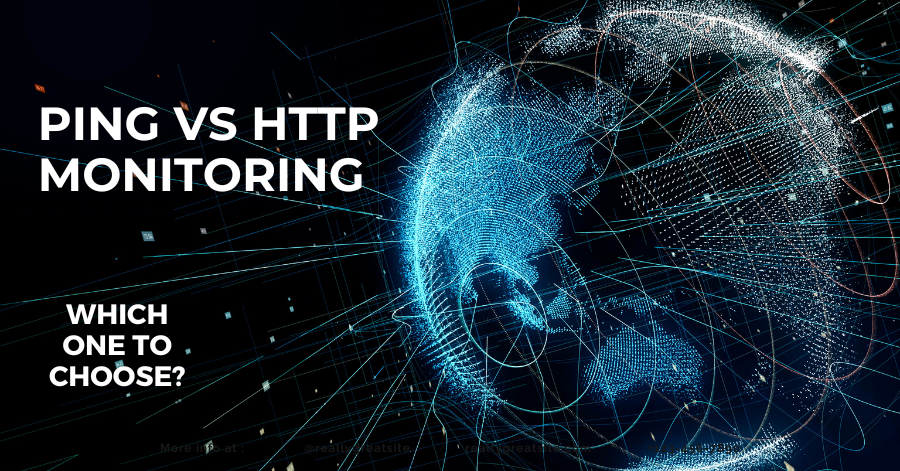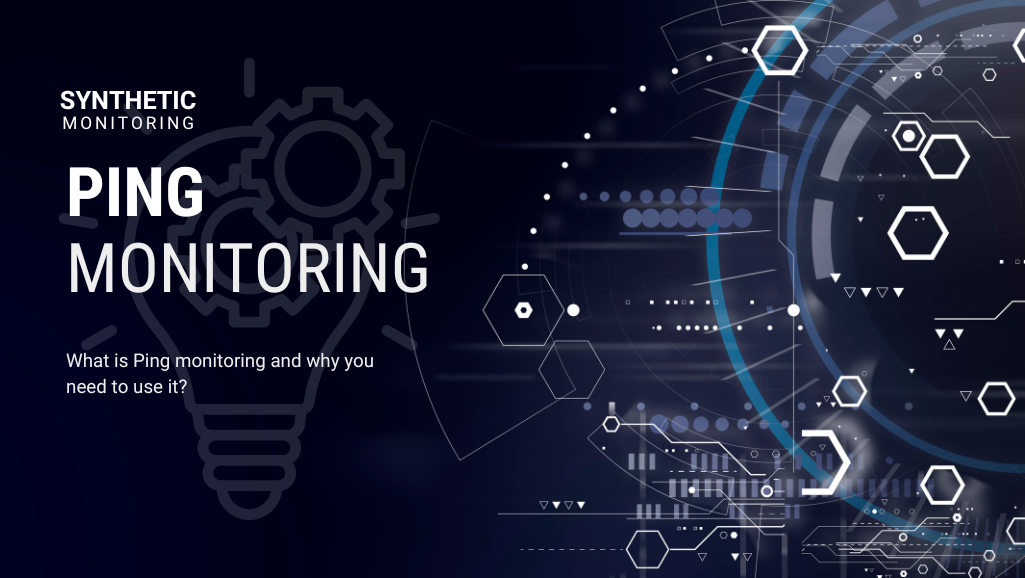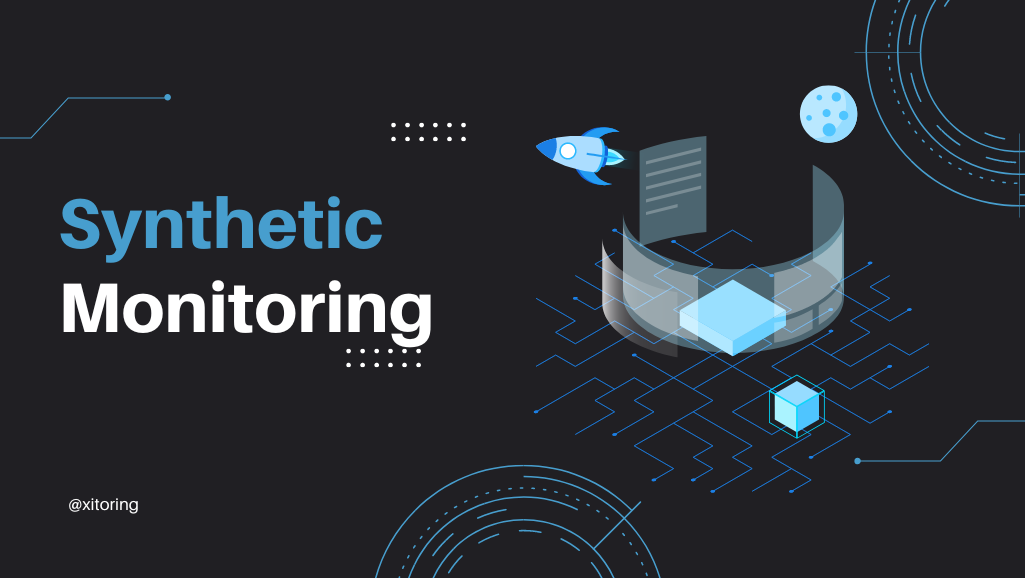Understanding and diagnosing network issues is critical for any organization that uses the internet to interact with customers. Ping and HTTP monitoring are important resources for network managers and webmasters who want to keep their networks running smoothly and fix problems. Each tool has a distinct purpose, providing insight into various layers of network and application operation.
What is Ping Monitoring?
- What it does: Ping monitoring uses the ICMP (Internet Control Message Protocol) to check the availability of a network device (such as servers, routers, or switches) on the network. It sends a packet of data to a specific IP address and waits for a reply, measuring the time taken for the round-trip.
- Purpose: Its primary purpose is to check the reachability of the host and the round-trip time (RTT) for messages sent from the originating host to a destination computer.
- Use Cases: It is widely used for basic network troubleshooting to check if a host is up and running on the network. It helps in identifying network connectivity issues and the presence of firewalls or network congestion.
- Limitations: Ping monitoring does not provide information about the performance of higher-level protocols (like HTTP) or application-specific issues. It merely tells you if the host is reachable, not if a web service or application is functioning correctly.


